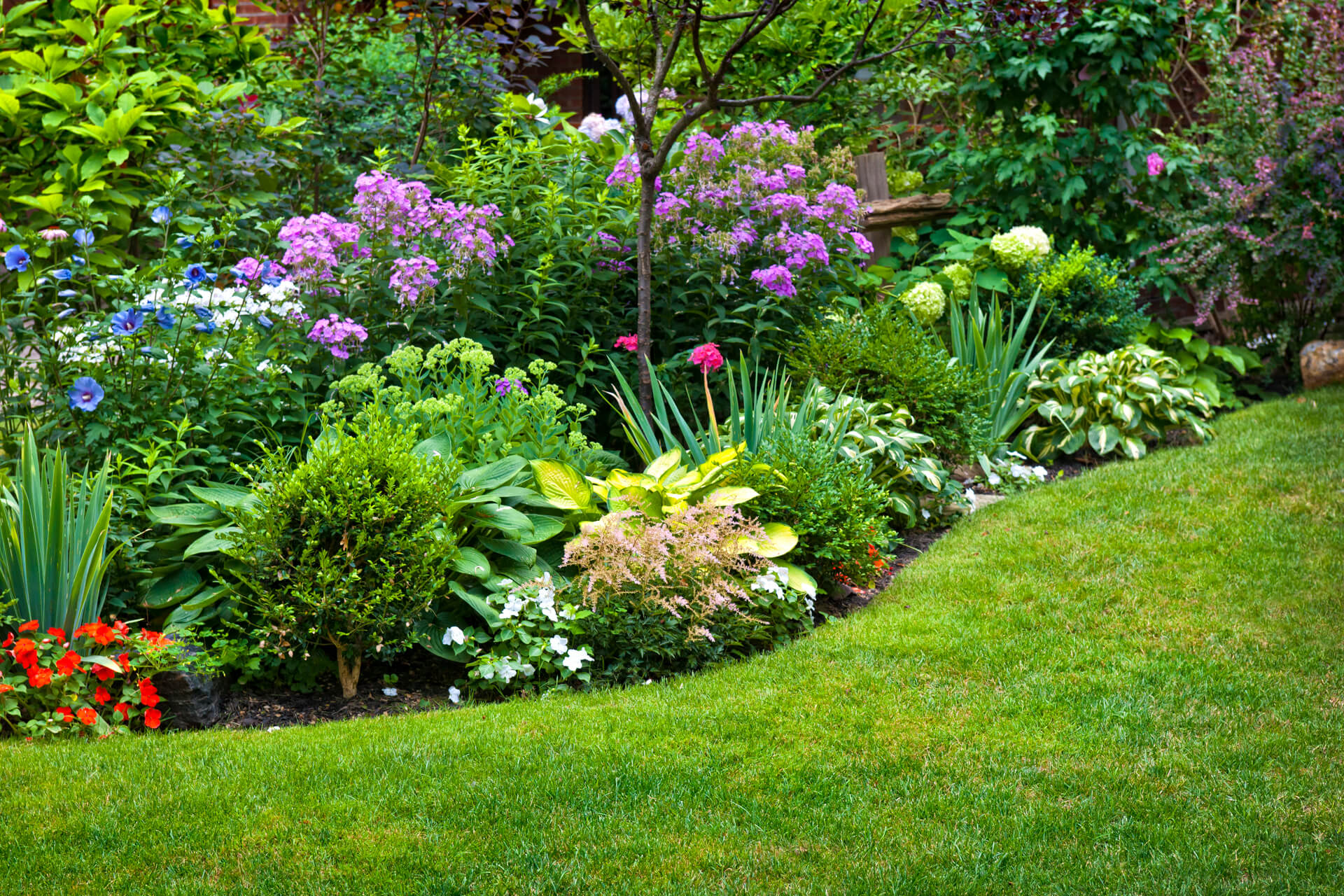
Spring is in full swing and Summer is just around the corner welcoming more sun, fun, and color! What better way to add vibrance to your life than by planting a spectrum of colors that smell amazing too?! From cool blue and violet to warm and rosy orange hues, planting flowers will add that inviting ambiance that will stop your neighbors in their tracks. Flowering can be a fun and educational experience for all ages. But it is important to follow certain steps to ensure that they grow strong and look magnificent for the season.
Step 1: Picking the Perfect Spot
Before you start planting, be sure you have become acquainted with your seedling. It may require a spot that absorbs a lot of sunlight, or it may require a cool, shady environment. Most flowers require about six hours of sun daily for optimal growth. Some of these flowers include passionflowers, angel’s trumpets, angelonias, and tropical milkweeds. However, certain flowers thrive in shady areas including toad lilies, bleeding hearts, lungworts, and hellebores.
Step 2: When to Plant
It is important to acknowledge that every plant and every flower sprouts stronger during specific time periods. The best time to grow specific flowers depends on the type of plant and the climate in your area. Generally speaking, spring-blooming flowers like tulips, daffodils, and crocuses should be planted in the fall, before the first frost, so that they have time to establish their roots before Winter sets in. Summer blooming flowers like marigolds, petunias, and zinnias, on the other hand, should be planted in the Spring, after the last frost, so that they have plenty of time to grow and bloom during the warm summer months. Some flowers, like sunflowers and daisies, can be planted in either the spring or the summer, depending on your preferences. It’s always a good idea to do some research on the specific flowers you want to grow, so that you can be sure you’re planting them at their prime time. It’s also important to note when the flowers will bloom. Some flowers thrive and bloom in early spring, while others don’t bloom until late summer, and some will bloom all season long. Research the type of flowers you plant to ensure you have color throughout the season.
Step 3: Healthy Soil
Your flowers need a healthy home. Your first step is to test your soil. Assure that your soil has enough nutrients to support a strong foundation. Your next step is to add organic matter which can be in the form of compost, mulch, shredded leaves, or aged manure. Organic matter will aid the soil’s structure in helping it retain its moisture and providing more nutrients for your flowers to consume. In general, most flowering plants grow best with well-drained soil with a certain amount of space between soil particles for roots to grow. With healthy soil, your flowers will be able to resist pests and diseases.
Step 4: Use Quality Fertilizers
It is vital to use high-quality fertilizers during the germination process. Fertilizer is essentially plant food, and without the right balance of nutrients, your flowers may not be able to reach their full potential. High-quality fertilizers contain essential elements like nitrogen, phosphorus and potassium, as well as other micronutrients, which help plants develop strong roots, healthy foliage, and vibrant blooms. Jolly Lane Greenhouse sells its own flowering fertilizer called the “Blossom Booster”. Our flowering fertilizers can be utilized in producing more flowers with brighter colors, in transplant solutions, and is also great to use for vegetables and fruit. Just be sure to re-apply your fertilizer every 7-14 days. In essence, investing in a good fertilizer can help ensure that your flowers grow beautifully and stay healthy for years to come.
Step 5: Planting Your Flowers
Sow your flowering seeds while adhering to the plant instructions or seed tag. In general, you’ll want to plant the seeds or seedlings at a depth that’s twice the size of the seed or root ball. Depending on the plant, perennials require around 6 to 36 inches of space in between each other so they are not overcrowded.
Step 6: Care for Your Flowers
The process has only just begun once you have successfully planted your flowers. Water them regularly, just be sure to not overwater them. Most flowers only require around 1-2 inches of moisture every week. It is better to water deeply and less frequently than shallowly and more often so that the moisture reaches deep into the roots. Fertilize and mulch them periodically with a balanced fertilizer, and remove any dead or damaged flowers to encourage more blooms.
Happy Flowering!
With these steps in mind, you are on the path to becoming a flowering guru! Always remember that the strongest and most vibrant flowers require the most attention and care.
Don’t forget to stop by Jolly Lane Greenhouse to pick up all of your flowering essentials including potting materials, mulch, organic compost, and quality fertilizers. If you have any questions, feel free to ask any of our trusty planting experts who will point you in the right direction! They will aid you in picking out the right products that will leave your yard looking the most vibrant in the entire neighborhood.
